
No matter how often we watch movies, the feeling of knowing that there are still many good movies that we haven’t seen can sometimes be relaxing. Today, it is not so easy to find special films in cinema, which is a medium that has the potential to evolve into something new, especially with the changing habits of modern people.
Fortunately, plenty of classic films that give a sense of pure cinema are still waiting to be explored. Besides, it’s a great reason to stay positive.
Here are 10 great movie classics you’ve probably never seen:
10. The Silence (1963)
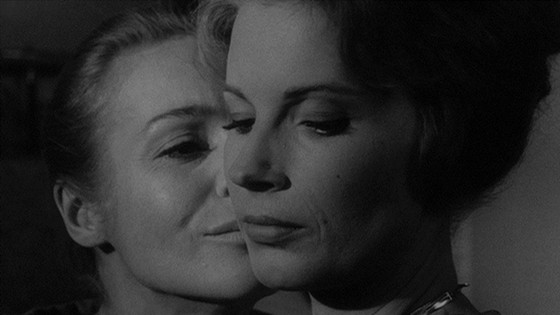
“The Silence” is one of Ingmar Bergman’s most personal films, and it is the first one of his bleak trilogy.
It focuses on the emotional bond between two sisters, Ester and Anna, who are becoming increasingly distant from each other. The two women, along with Anna’s 10-year-old son, set out to a central European country on the verge of war.
However, Ester’s illness during the journey forces their plans to change. They have to settle in a hotel in a small town called Timoka, and face unexpected situations.
This black-and-white masterpiece, which has a totally different sound in its silence, leads the audience into a suffocating atmosphere, and questions the need to create new and cleaner aspects in our own world.
Tystnaden’s lack of monologue and dialogue and the gaps in the script are entirely the steps of endless search and exploration.
It’s a quite hard and sometimes unbearable film that pushes the audience’s limits and forces inevitable self-questioning. But obviously, it’s also a great stop for the ones who admire Bergman’s unique cinematography.
9. Seventh Continent (1989)
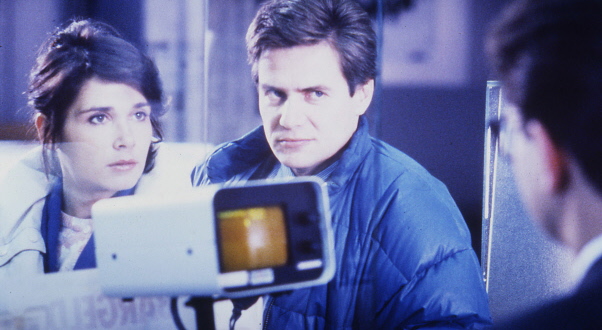
Haneke, who loves to reflect the ideology of the social structure through the smallest but most important representative family, shows that he will be the bogy of Europe from his debut feature film. It is also the first of his glaciation trilogy.
The couple Georg and Anna, despite their normal and silent appearance, cannot experience any significant pleasure in their lives and live completely indifferent. Their child Evi is most affected by this situation.
Evi pretends to be blind as punishment for the indifference of his parents. Seeing this, Georg and Anna realize the meaninglessness of their lives and enter a quite pessimistic process.
This monotone and dark story acts as a mirror to modern society by presenting the daily life of an ordinary family that is forced to live behind closed doors.
The film, which is based on a newspaper report, is a call for help from the robotic modern man who has an unconscious longing for a nonexistent seventh continent.
Haneke manipulates the traditional understanding of film with the screen that is darkened for a long time to show time shifts and emotional transitions. The audience is free to reflect on the film and draw their own conclusions.
8. Rebels of the Neon God (1992)
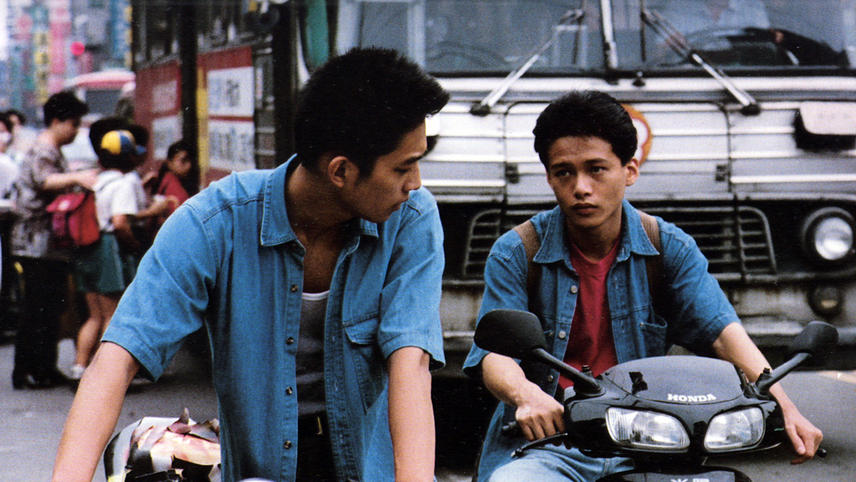
Taiwanese director Tsaï Ming-liang, one of the underappreciated names even among cinephiles, has made flawless films like “What Time Is It There?”, “Goodbye, Dragon Inn” and “Vive L’Amour.” In “Rebels of the Neon God,” which is his first feature film, he takes us on a special revenge story.
The introverted Hsiao Kang feels cooped up at home. A high school dropout, he spends his days killing time. He has no friends to speak of. When petty criminal Ah-Tze turns up on his motorcycle and damages Hsiao Kang’s father’s taxi, he begins to stalk him and his girlfriend with a mixture of doggedness and fascination. Ah-Tze’s motorcycle becomes an obsession for him.
Tsai allows us to enter the world of this character with a convincing atmosphere. And of course, Lee Kang-sheng’s superb performance is one of the key elements of its success.
Hypnotic and visually stunning scenes build the exquisite cinematography and that just that is enough to prove why Tsai Ming-liang is underappreciated.
7. The Wind Will Carry Us (1999)
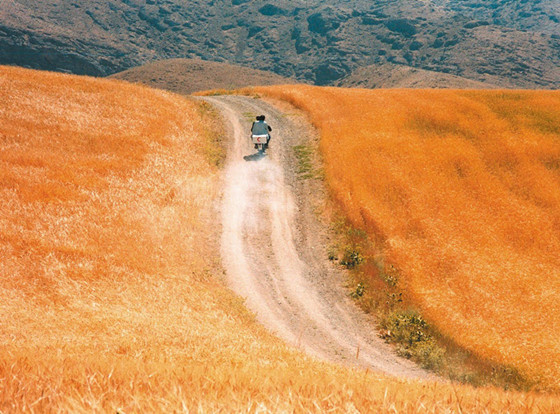
“The Wind Will Carry Us” takes its name from the poem of the same name by the Iranian female poet Forough Farrokhzad. The film, which has a still atmosphere like the other films of Abbas Kiarostami, is one of the best works of the master director.
This marvelous masterpiece, which conveys a combination of life and death with poetic purity, is one of the films where the symbolic narrative structure of Iranian New Wave cinema can be seen most clearly.
It stands out with its structure that reveals the clash between the traditional and ritual and the modern and the differences between the urban and peasant perspectives. “The Wind Will Carry Us” is intensely fed on life and death poems by Farrokhzad and Omar Khayyam.
It emphasizes that we must take a journey toward life by feeding the darkness with light throughout the film. And it turns into a masterpiece in which a constant search, a desire for hope and rebirth, are delicately assembled.
The images that direct the symbolic and poetic narrative, and constantly repeat, stand out as the characteristic of the film.
It was nominated for the Golden Lion of the Venice Film Festival, and won the Grand Special Jury Prize (Silver Lion), and the FIPRESCI Prize at the festival.
6. Touki Bouki (1973)
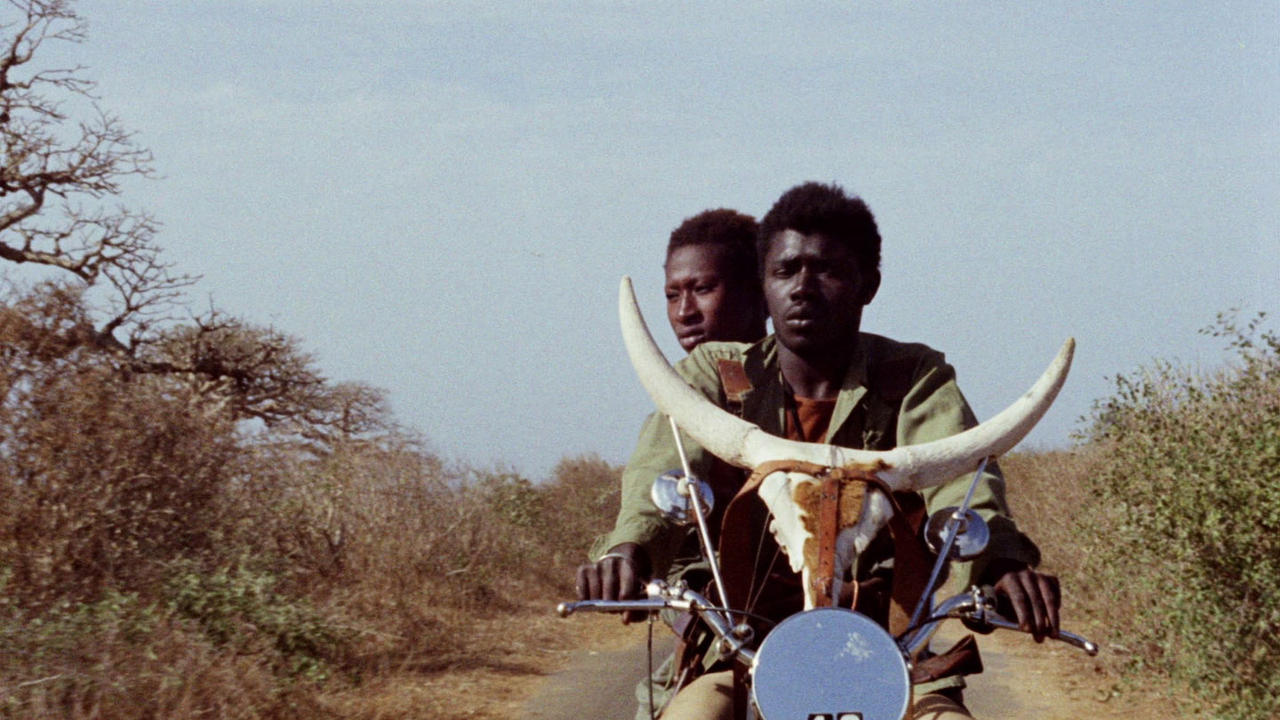
Djibril Diop Mambéty is the screenwriter and director of this flawless Senegalese classic.
Mory and Anta, who have crossed paths, find money in a way, and embark on a journey with vague thoughts in their minds and many different and similar hopes in their hearts. This journey is headed for Paris, where they hope to make money and live a better life.
This journey is also the character’s inner journey and contains great visual magic. This epic journey, where nature, man, god and money are intertwined, ends with a satisfactory finale.
This film is some of the best evidence that cinema has no time, place, nation or language, and that this journey is unidentified and will affect anyone wherever it takes place in the world.
An anarchist narrative technique and bold visual world position the film in a very original place in cinema history.